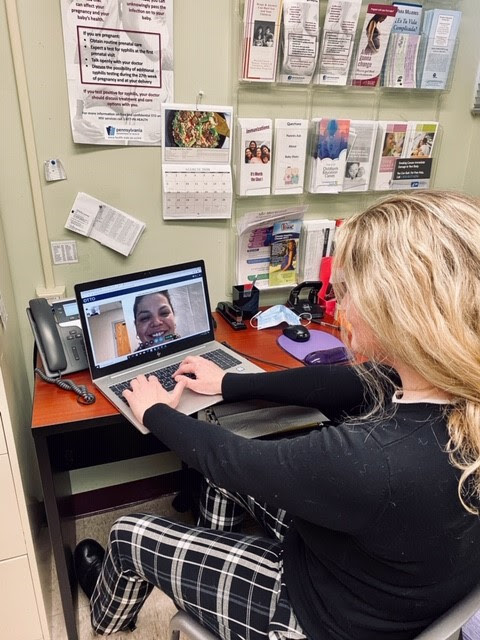Adopting a “Quickstart” Approach to Telehealth During the COVID-19 Pandemic
Published:
During these unprecedented times, I am pleased we are meeting our patients' needs in new and innovative ways. Patients are truly grateful for the telehealth option that allows for no interruption in their birth control method. As one patient said, ‘MFHS is saving my life from an unwanted pregnancy during these scary times.Kristen Jenkins, MSN, WHNP-BC, Maternal and Family Health Services, Scranton, Pennsylvania

Maternal and Family Health Services (MFHS) had been exploring telehealth as a service option when the COVID-19 pandemic struck. In order to mitigate the spread of COVID-19 while simultaneously providing services for patients who may be affected, MFHS developed a “quickstart” COVID-19 telehealth strategy. Clinical staff led the charge to establish workflows, protocols, and policies that enabled MFHS to offer a variety of telehealth options, including phone calls, video calls, and chats.
MFHS started by offering telephonic visits and ramped up to enable video visits by week three of Pennsylvania’s shelter-at-home orders. While some staff were initially hesitant, they quickly embraced telehealth and conducted 40 visits during the fourth week.
Before the pandemic, reimbursement for telemedicine in Pennsylvania was limited. For now, commercial insurance, Medicare, and Medicaid are reimbursing for all telehealth visits through June, and MFHS is retroactively billing for services provided. Moving forward, they plan to build on their momentum and apply lessons learned to extend telehealth services to rural areas with provider shortages and no Title X family planning services.
The FPNTC’s What Family Planning Providers Can Do to Meet Client Needs During COVID-19 Toolkit includes strategies and resources to help Title X providers consider ways to use telehealth to deliver services. The Prioritization of In-Person and Virtual Visits During COVID-19 job aid can help family planning staff reduce in-person visit exposure and prioritize which client visits will be done in person or remotely.
